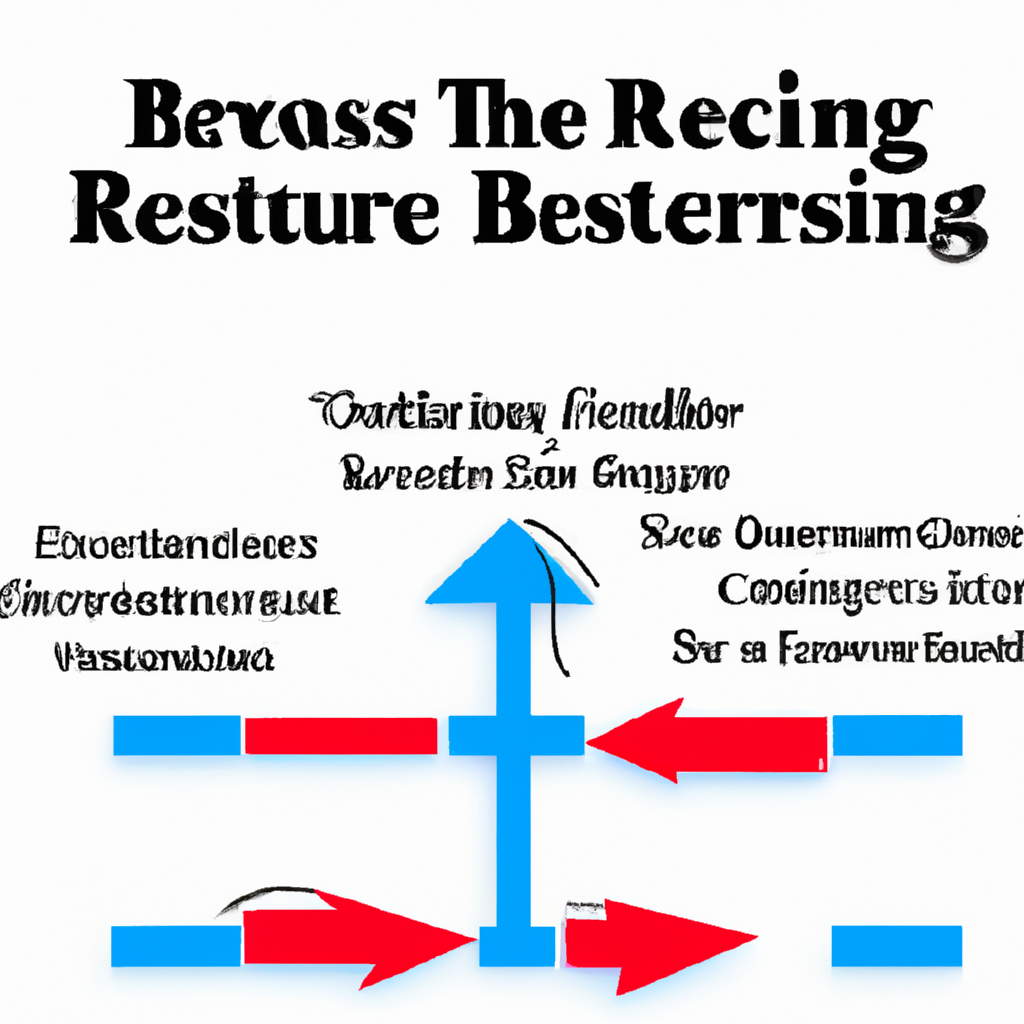
Resistance Breakout Strategies: A Guide to Maximizing Profits
Introduction
Resistance breakout strategies are popular among traders looking to profit from significant price movements in the financial markets. By identifying resistance levels and anticipating a breakout, traders can enter positions at opportune moments and potentially earn substantial profits. In this article, we will explore the concept of resistance breakout strategies and provide a step-by-step guide on how to implement them effectively.
Understanding Resistance Levels
Resistance levels are price levels at which an asset’s price has historically struggled to move above. These levels are formed by a concentration of sell orders, leading to increased selling pressure. Traders closely monitor resistance levels as they can act as barriers preventing further upward price movement.
Identifying Potential Breakouts
To identify potential breakout opportunities, traders need to analyze price charts and look for signs of increased buying pressure that may eventually overcome the resistance level. Here are a few key steps to follow:
Step 1: Identify the Resistance Level
The first step is to identify the resistance level on the price chart. This can be done by drawing a horizontal line connecting multiple swing highs or by using technical indicators such as moving averages or trendlines.
Step 2: Confirm the Strength of Resistance
Once the resistance level is identified, it is essential to confirm its strength. Traders can assess the strength by observing how many times the price has failed to break above the resistance level in the past. The more rejections, the stronger the resistance level is considered.
Step 3: Look for Bullish Signals
Next, traders should look for bullish signals that indicate a potential breakout. These signals can include bullish chart patterns like ascending triangles, positive divergence on oscillators, or an increase in trading volume.
Executing the Breakout Strategy
Once a potential breakout is identified, traders need to determine their entry and exit points to maximize profits and minimize risks. Here’s how to execute the breakout strategy effectively:
Step 1: Set Entry and Stop-Loss Levels
Traders should set their entry level just above the resistance level to confirm the breakout. Additionally, a stop-loss order should be placed slightly below the breakout level to limit potential losses in case the breakout fails.
Step 2: Determine Profit Targets
Profit targets can be set by measuring the distance between the resistance level and the breakout point, and then projecting that distance above the breakout level. Traders can also use other technical indicators or support and resistance levels to identify potential profit targets.
Step 3: Monitor the Trade
Once the trade is executed, it is crucial to monitor it closely. Traders should adjust their stop-loss levels as the price moves in their favor to protect profits and minimize risk. Additionally, they can use trailing stop orders to lock in profits if the price continues to rise.
Conclusion
Resistance breakout strategies can be highly profitable if executed correctly. By identifying resistance levels, confirming their strength, and looking for bullish signals, traders can anticipate potential breakouts and enter positions at the right time. However, it is crucial to implement proper risk management techniques and continuously monitor trades to maximize profits and minimize losses. Remember, practice and experience are key to mastering resistance breakout strategies in the dynamic world of trading.





